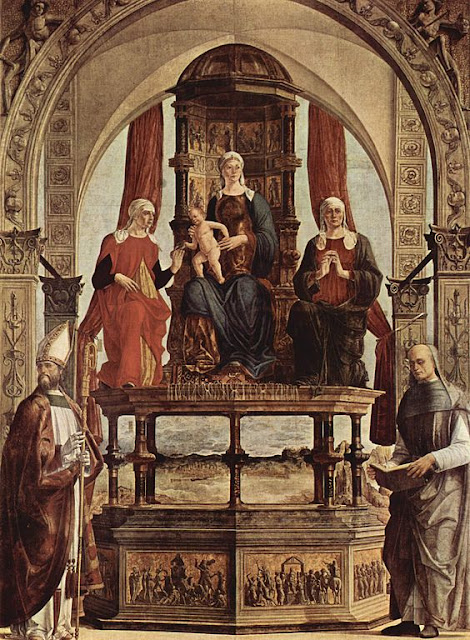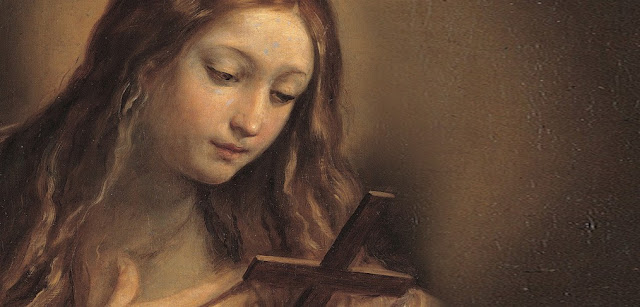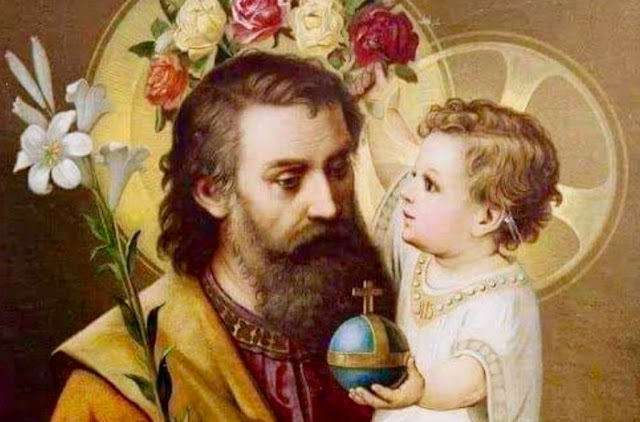The Veneration of Saints Explained
Us Catholics are known for our love and devotion to or saints and we always go to them in times of need, whether it’s a temporal or a spiritual need. However, some Protestants and its radical denominations accuse us of idolatry and other hurtful yet untrue things because of their uttermost hatred in the One Holy Catholic and Apostolic Church.
In this blogpost, we are going to delved on how the Church teaches regarding the veneration of saints, the main difference between worship and veneration as an attempt to counter most false claims that Protestants and its radical denotations hurled on us Catholics.
In our Catholic teaching, the term ‘Saint’ is reserved for those individuals who have led a holy and exemplary life and have now entered Heaven.
What is ‘Veneration’ ?
Veneration of the saints is the way in which the Church honors and respects those who it regards as deserving of such action. Our Catholic theology draws a clear distinction between veneration and worship and there were three Greek terms illustrate this point:
- Latria (‘Worship’) – The adoration that is due to God alone.
- Dulia (‘Servitude’) – The respect given to the saints. Honoring the saints is seen is honoring God, because of his presence and holiness in their lives.
- Hyperdulia (‘Higher Servitude’) – The special veneration given to the Virgin Mary, on account of her role as Mother of Christ. Mary is also called the ‘Mother of God’ in the sense that the Son she bore was truly God and part of the Trinity of Father, Son and Holy Spirit.
Paragraph 50 of the Dogmatic constitution on the church, proclaimed by Pope Paul VI in 1964 at the Vatican II council, explains the Catholic thinking behind veneration:
“…The Church has always believed that the apostles and Christ’s martyrs who had given the supreme witness of faith and charity by the shedding of their blood, are closely joined with us in Christ, and she has always venerated them with special devotion, together with the Blessed Virgin Mary and the holy angels. The Church has piously implored the aid of their intercession. To these were soon added also those who had more closely imitated Christ’s virginity and poverty, and finally others whom the outstanding practice of the Christian virtues and the divine charisms recommended to the pious devotion and imitation of the faithful.”
On Veneration and Adoration
In our Catholic and Orthodox theology, veneration is a type of honor distinct from the adoration due to God alone. According to Mark Miravelle of Franciscan University of Steubenville, the English word "worship" has been associated with both veneration and adoration:
As St. Thomas Aquinas once explained, adoration, which is known as latria in classical theology, is the worship and homage that is rightly offered to God alone. It is the manifestation of submission, and acknowledgement of dependence, appropriately shown towards the excellence of an uncreated divine person and to his absolute Lordship. It is the worship of the Creator that God alone deserves. Although we see in English a broader usage of the word “adoration” which may not refer to a form of worship exclusive to God—for example, when a husband says that he “adores his wife”—in general it can be maintained that adoration is the best English denotation for the worship of latria.
Veneration, known as dulia in classical theology, is the honor and reverence appropriately due to the excellence of a created person. Excellence exhibited by created beings likewise deserves recognition and honor. We see a general example of veneration in events like the awarding of academic awards for excellence in school, or the awarding of olympic medals for excellence in sports. There is nothing contrary to the proper adoration of God when we offer the appropriate honor and recognition that created persons deserve based on achievement in excellence.
We must make a further clarification regarding the use of the term “worship” in relation to the categories of adoration and veneration. Historically, schools of theology have used the term “worship” as a general term which included both adoration and veneration. They would distinguish between “worship of adoration” and “worship of veneration.” The word “worship” (in a similar way to how the liturgical term “cult” is traditionally used) was not synonymous with adoration, but could be used to introduce either adoration or veneration.
The ‘Communion of Saints’ Explained
This term refers to the union of believers on Earth, in Heaven and also (in Catholic theology) those in Purgatory. All form part of the body of Christ. Each group is identified by the following terms:
- Church Triumphant – The Saints in Heaven
- Church Militant – Those on earth
- Church Suffering (sometimes called Church Expectant) – Those in purgatory
Our Catholic faith indicates that those saints now in Heaven are able to intercede, not only for those on Earth, but also those in Purgatory. Their intercession is considered to be effective on account of their closeness to God. Also, those on Earth can intercede for those in Purgatory.
“We believe in the communion of all the faithful of Christ, those who are pilgrims on earth, the dead who are being purified, and the blessed in heaven, all together forming one Church; and we believe that in this communion, the merciful love of God and his saints is always attentive to our prayers.”
Answering the Protestant Question
Is Veneration of Saints Idolatry? Protestants do not generally venerate saints through prayer, nor do they keep statues or icons of saints in their homes or churches. Moreover, many conservative Protestants actively condemn Catholic and Orthodox devotions to the saints because it seems dangerously close to idolatry: worshipping a creature instead of the Creator. In response, Catholics insist that they worship God alone, and saints are only honored and venerated as humans specially blessed by God.
Even the Scriptures encourages the veneration of angels, who are comparable to the saints in that they are creatures with a special relationship to God (references include Ex. 23:20; Jos. 5:13; Dan. 8:15 and 10:4; Matt. 18:10; Luke 2:9; Acts 12:7; and Rev. 5:11 and 7:1).
The Catechism of the Council of Trent (1566) taught that idolatry is committed "by worshiping idols and images as God, or believing that they possess any divinity or virtue entitling them to our worship, by praying to, or reposing confidence in them" (374).
Catholics most often explain the practice by comparing images of the saints to photographs of loved ones: both are reminders and memorials of the people they depict. Likewise we also venerate the figures and the effigies of the divine and all-lauded Apostles, the God-speaking Prophets, and the suffering martyrs and holy men, so that through their representations we may be able to be led back in memory and recollections to the prototype,and participate in their holiness.Catholics use statues, paintings, and other artistic devices to recall the person or thing depicted. Just as it helps to remember one’s mother by looking at her photograph, so it helps to recall the example of the saints by looking at pictures of them, or in this case, imitation of their virtues.
A take away
Since we have already laid out the Church's teaching on the veneration of saints, here are some take aways on why we should turn to our saints, especially at these dark times:
They are of our same nature; they were weak like us, and they know, through their own life experiences, our needs, sufferings, and limitations.
God wants to make his saints honored on earth, where they served Him and where they lived and died, so He enables them to hear our prayers and pray on our behalf.
Their words and example of a holy life helps to point us towards heaven; they deserve our gratitude and reverence.
God continuously grants miracles and favors through the intercession of the saints, for they are still serving as instruments of God to confer graces on men.
We aren't praying to the dead. The saints are alive! Yes, their souls are separated from their bodies temporarily until the final Resurrection, but the Church reminds us that when our earthly lives have ended, our souls are still very much alive.
In conclusion, saints are the perfect role models for us. They were ordinary people who became extraordinary human beings thanks to their faith in God and their surrender to His loving will. This faith was a gift that they received with open hearts, so that Jesus' promise of eternal life could be fulfilled in them.
All the Angels and Saints, pray for us!
References:
Renard, John , Friends of God: Images of Piety, Commitment, and Servanthood (Berkeley: University of California Press, 2008)
Taylor, Christopher, In the Vicinity of the Righteous (Leiden: Brill, 1999),
“Veneration of Saints.” ReligionFacts.com. 19 Nov. 2016. Web. Accessed 11 Jun. 2019. www.religionfacts.com/veneration-saints




Comments
Post a Comment